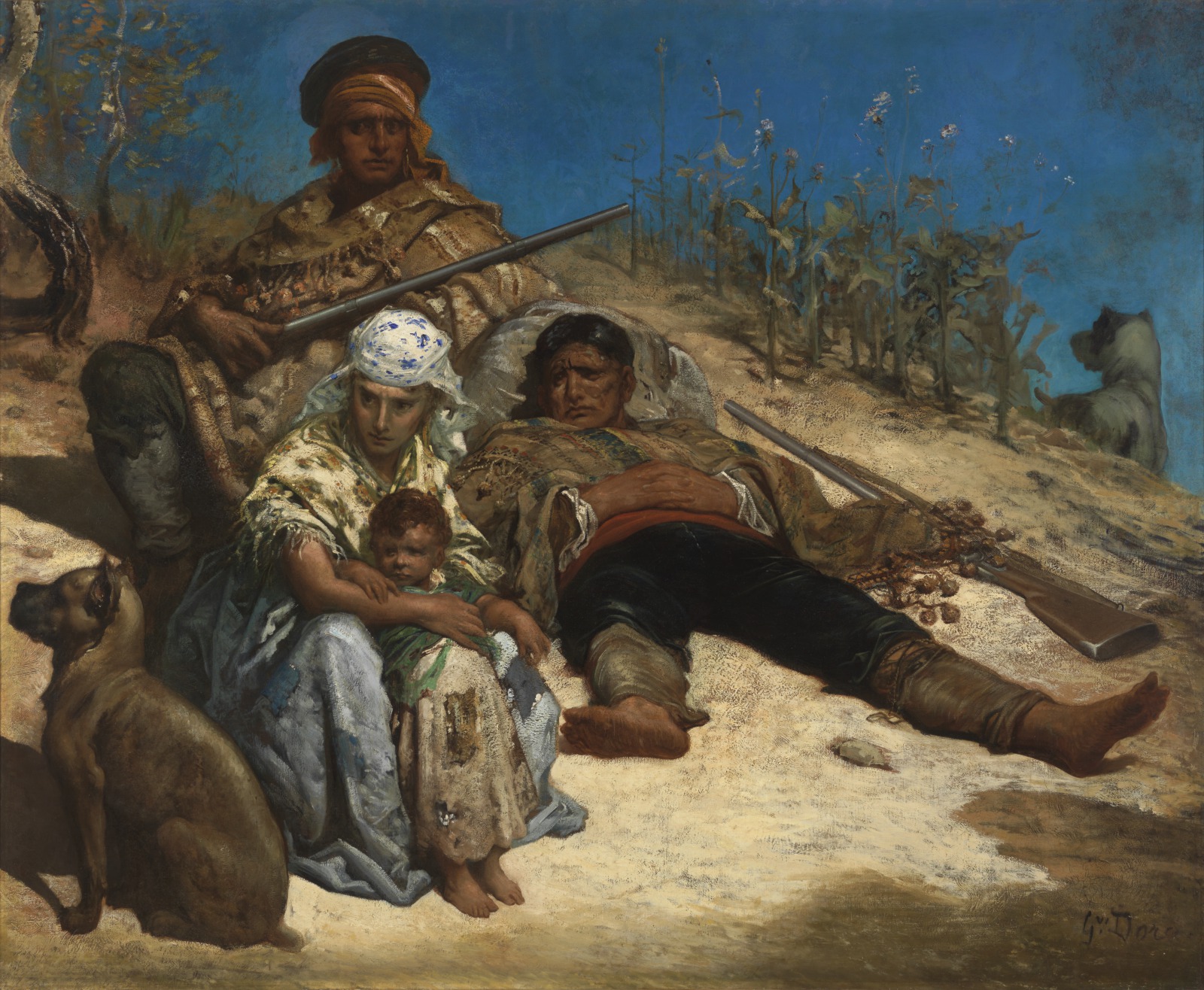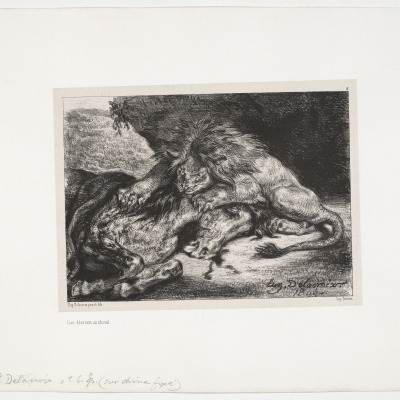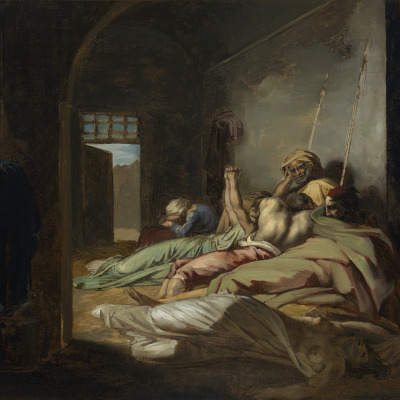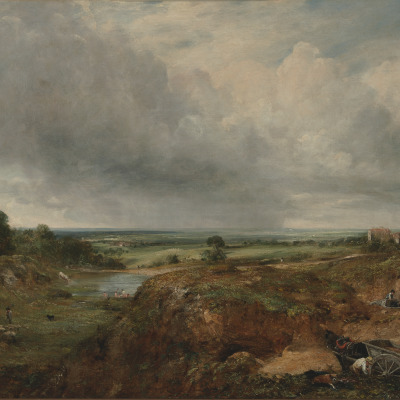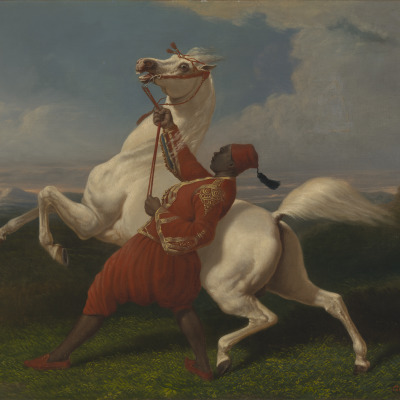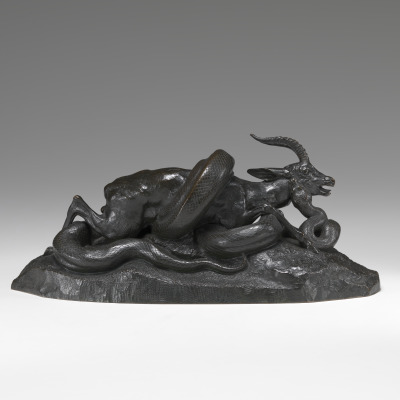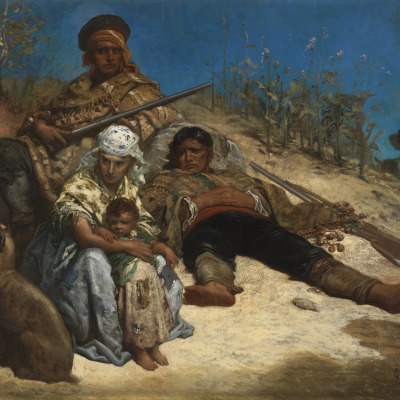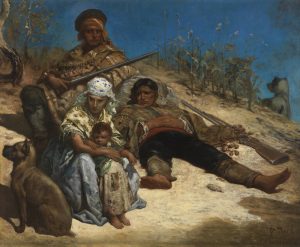
Europe: Romanticism: Prompts for Extended Thinking
Use these prompts after your Evans Distance Learning session or museum visit to activate creative, critical, and reflective thinking.
Creative Thinking
Using our imaginations when looking at art can activate prior knowledge and spark curiosity. Ask students to recall their Distance Learning visit and try this activity.
One of the easiest ways to begin interpreting a work of art is to imagine you are the artist.
Revisit this painting. Put yourself in the shoes of Gustave Doré. Consider how this artwork was created and what it took to make it.
Imagine, as the artist, you have been commissioned to make a reproduction of this piece. Consider:
- Where would you start?
- What would be your process?
- What materials might you need to have on hand?
- What kind of decisions would you need to make, and in what order would you make them?
- What prior knowledge would you need before you even began?
- With whom might you wish to talk about your ideas? Whose opinion might you need or value?
Share your ideas with a partner and the class.
Reflective Thinking
Thinking about our experience with art helps us connect to people and ideas across time and place. Use these prompts to help students reflect on their engagement with art made in the Romantic period.
- Having spent time with art at VMFA, what more do you know about how Europeans saw and thought about the world during the Romantic period?
- What did the art NOT answer for you? what are you curious about now that you have examined some examples of art made during the Romantic era? Name three things that you wish you knew more about and why. Visit your school library and databases to find answers to your questions.
- Compare the art in your life (home, school, place of worship) to that of Europe in the latter part of the 18th century. Consider materials used, presentation, audience, intended use, value, etc. What about YOUR art might surprise someone from 18th-century Europe?
